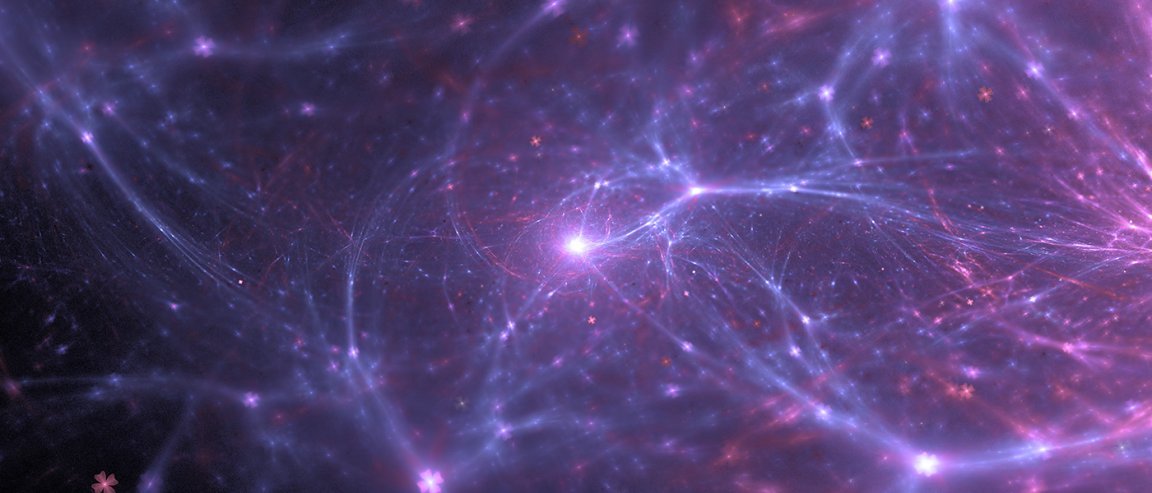
A New Mapping Method
Throughout years of research, the question of consciousness has continued to baffled neuroscientists. Despite all of the improvements in our ability to understand the human brain, we still have no explanation for how the brain creates consciousness. However, a new method for digitally reconstructing and mapping the brain may give us a much-needed clue in the search for an answer.

Conventional brain mapping methods that trace all the branches of a particular neuron can be tedious. Usually, researchers inject a dye into individual cells, dissect the brain into several sections, and then trace the path of the dyed neurons manually. Tracing a neuron completely through an entire organ is a rare feat. The new method, however, requires less effort and time, is scalable, and is less invasive.
The technique was developed by a team led by Christof Koch, president of the Allen Institute for Brain Science in Seattle, Washington. At a meeting of the Brain Research through Advancing Innovative Neurotechnologies (BRAIN) Initiative in Bethesda, Maryland, earlier this month, Koch explained how his team’s 3D mapping method revealed something new about the claustrum, a small, thin sheet of cells found in the brain that Koch believes is the seat of consciousness in both mice and humans.
Their findings are drawn from brain models mapped from a line of mice Koch and his colleagues engineered. These mice were designed so that exposure to a certain drug would activate specific genes in their claustrum neurons. When fed a small amount of the drug, a handful of neurons were triggered just enough to switch on these genes. The reaction produced a green florescent protein that spread throughout the entire neuron. Using 10,000 cross-sectional images of the mouse brain and a computer program, the researchers created a 3D reconstruction of the three glowing neurons.
A Giant Neuron
Koch was amazed at the extent of the three neurons, which stretched across both hemispheres of the brain. One of the three was so huge that it wrapped around the circumference of the brain, like a “crown of thorns,” according to Koch. Furthermore, these three claustrum neurons seemed connected to most, if not all, of the outer parts of the brain that receive sensory information and drive behavior. The findings seem to reinforce Koch’s belief that the claustrum, by coordinating inputs and outputs, is involved in the creation of consciousness.

“[Koch’s method is] quite admirable,” Rafael Yuste, a neurobiologist from Columbia University in New York City, told the journal Nature. However, he isn’t convinced that the research proves the claustrum is involved in consciousness: “It’s like trying to decipher language if we don’t understand what the alphabet is.” Yuste believes that the mapping method would be particularly useful for identifying the different cell types in the brain, which could improve research into understanding how the brain functions.
Though the method may be too expensive to map all neurons on a large scale, Koch plans to continue mapping those that branch out from the claustrum, so we may soon have an idea of where consciousness resides in our brain.